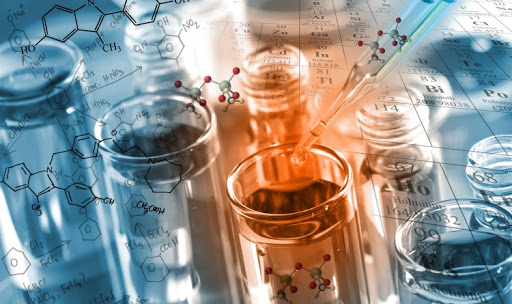

The course provides training of the Good Laboratory Practice (GLP) for personnel of laboratories who wish to produce test results that are fit for the purpose and which would stand up to the scrutiny. Obviously, the primary objective of the GLP is to ensure the generation of high quality data. Statistical tools play an important role in GLP to calculate the Uncertainty Measurement. This course will focus on the latest techniques and standards developed to measure the uncertainty of the data. The Guideline for Uncertainty Measurement (GUM) will be introduced in a simple way. Every effort is made in this course to eliminate unnecessary complications, to apply the GUM at its simplest level and to take away apparent mystery. Participants who have never drawn up uncertainty budgets before usually develop the required skill well before the end of the course. Others who seek explanations of GUM complexities obtain clarifications expressed in simple terms. Measurement uncertainty problems are solved by brainstorming methods so as to generate interaction by all participants. The course will use the Statistical Process Control (SPC) module as a tool to validate the uncertainty measurement. It covers control charts and their applicability to uncertainty before covering a step-by-step process of calculating uncertainty for a typical application. Methods of reporting uncertainty, the uncertainty budget and applicable standards and guidelines for expressing measurement uncertainty are covered income detail. Successful completion of this course will enable participants to understand, evaluate and express measurement uncertainty
Upon the successful completion of this course, participants will be able to:-
This course is aimed at all staff of Laboratories. This includes laboratory managers, superintendents, supervisors, scientists, doctors, physicians, chemists, analysts, officers, coordinators and technicians. R&D and government statutory employees are encouraged to attend this outstanding course. Further, this course is very important for QA/QC employees and Third-Party Inspection and certification companies.
This interactive Training will be highly interactive, with opportunities to advance your opinions and ideas and will include;
This measurement uncertainty training course is designed to take you from beginner to expert fast with our incredibly detailed lectures and step by step demonstrations that show you exactly how to estimate uncertainty; every evaluation, every function, and every formula. This is a complete course that will teach you how to estimate uncertainty
BTS Competency Certificate will be issued to participants who successfully completed the course and passed the exams at the end of the course.
| Code | Date | Venue | Fees | Register |
|---|---|---|---|---|
| LAB158-01 | 03-05-2026 | Dubai | USD 5450 | |
| LAB158-02 | 12-07-2026 | Manama | USD 5450 | |
| LAB158-03 | 20-09-2026 | Cairo | USD 5450 | |
| LAB158-04 | 06-12-2026 | Dubai | USD 5450 |

Quantitative chemical measurement has a degree of uncertainty linked to its results which is determined by the performance characteristics of the analytical method used. Measurement uncertainty has of ...

All laboratories need to have sound business processes to enable them to deliver technically sound calibrations and tests to their clients. When a laboratory is seeking to have its competence recogniz ...
Providing services with a high quality that are satisfying the requirements
Appling the specifications and legalizations to ensure the quality of service.
Best utilization of resources for continually improving the business activities.
BTS keen to selects highly technical instructors based on professional field experience
Since BTS was established, it considered a training partner for world class oil & gas institution
1st floor, Incubator Buildingو Masdar City, Abu Dhabi, UAE
Sun to Fri 09:00 AM to 06:00 PM
Contact Us anytime!
Request Info